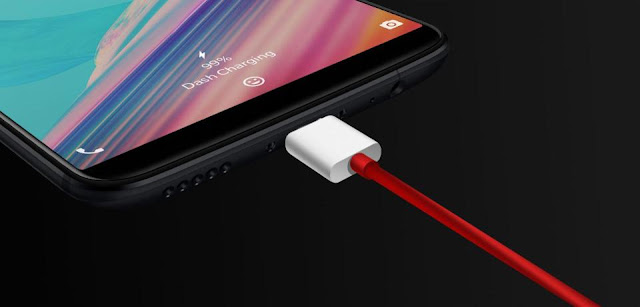A spring hike is a great way to take advantage of the newly-warm weather. But it also comes with hazards like lingering snow, unpredictable downpours, and winter-damaged roads and trails. To prepare, you need to bring basic essentials like extra clothing, snacks and water, and first aid supplies. In order to hit the trail with even more confidence, we also recommend that you carry technological help: Download some extra apps and pack a few trusty gadgets. We've selected 10 pieces of spring-hiking tech that will guide you through the great, still-slightly-damp outdoors.
1. AllTrails
When you're deep in the woods, you can't exactly rely on Google Maps. Instead, download AllTrails (free for Android and iOS), an app with 50,000 maps of trails all over the world.
Once you've chosen a route, AllTrails will plot your progress on a map, display upcoming terrain, and track statistics like steps, distance, and elevation. It will even save this information so you can see how far you've traveled in a single day or across your entire hiking career. The app also boasts user community of hikers who share photos, advice, and reviews to help you research interesting trails in advance. And it wraps up all this guidance in a sharp-looking interface that's a pleasure to use.
The one downside to AllTrails is its reliance on a network connection—which can be pretty weak when you're actually out in the woods. If you want to download maps for offline access, or print them out, you'll need to pay for a Pro subscription, which costs $30 per year or a one-time fee of $100. The Pro account also includes the ability to create and save custom routes.
2. Amazon Tap
How tall is the mountain you're climbing? What weather can you expect on your descent? If you rely on Alexa to answer questions like these, then bring the digital assistant with you on the Amazon Tap ($100 on Amazon), a portable version of the Echo smart speaker.
Alexa needs internet access, so the Tap will only work if you use a strong phone signal to set up internet tethering. Then the Tap will not only answer all your questions, but also connect to your device through Bluetooth. This will let you play podcasts or music, for up to nine hours, as you tramp along.
3. Cairn
Think of Cairn (free for iOS only) as a hiking safety net. If you don't make it home on time, it will automatically ping a couple emergency contacts to let them know you're still out in the wilderness.
In addition to potentially saving your life, Cairn plots your route as you go and provides helpful information for your hike: topographical charts of potential paths, crowdsourced maps showing where cell reception is patchy, and estimates of how long various trails will take.
Like AllTrails, Cairn will only give you offline access to this information if you purchase a premium subscription, which costs $5 per month or $27 per year. That will also buy you the option to send live updates to your emergency contacts.
4. Huntsman Pocket Knife
On the trail, a blade has all kinds of uses—and a multitool has even more. We like the Victorinox Swiss Army Huntsman Pocket Knife ($35 on Amazon), which strikes a nice balance between functionality, bulk, and price.
The tool's 15 attachments can open bottles and cans, saw through wood, cut through paper, and perform other helpful tasks. It even has a pair of tweezers for removing that splinter that got stuck in your finger. When you're ready to put the pocket knife away, its attachments fold into a package just 3.5 by 0.8 inches, weighing a measly 3.4 ounces. This makes it the perfect size for tucking in your pocket—so you can always be prepared.
5. Spyglass
Before the rise of smartphones, you used to need a compass to navigate. These days, you can simply download an app like Spyglass ($6 for Android and iOS, with a free trial available on Android). It contains a digital compass and a full GPS toolkit, with a few neat augmented-reality tricks that give it a fantastic-looking display.
Spyglass really is one of those must-have hiking apps. The compass updates as you move your phone and progress along your route, showing you the way you need to go for the next few steps. It can also display a zoomed-out map with waypoints that you aim for to keep your journey on track.
On top of that, you get bonus features like measuring your distance traveled, speed, and altitude. Want to channel the days when sailors steered with sextants? Spyglass will help you navigate using the stars. To really put the app through its paces, check out the app developer's comprehensive user guide.































